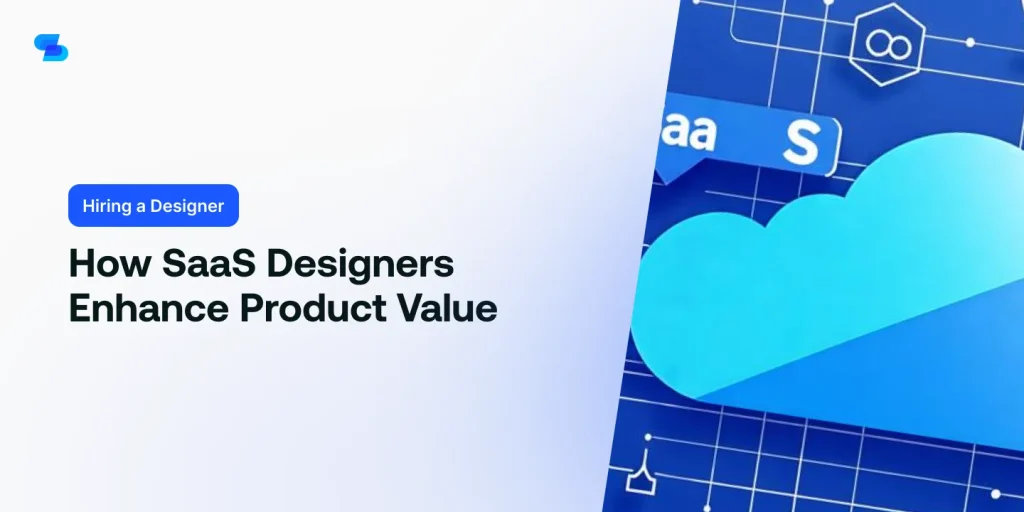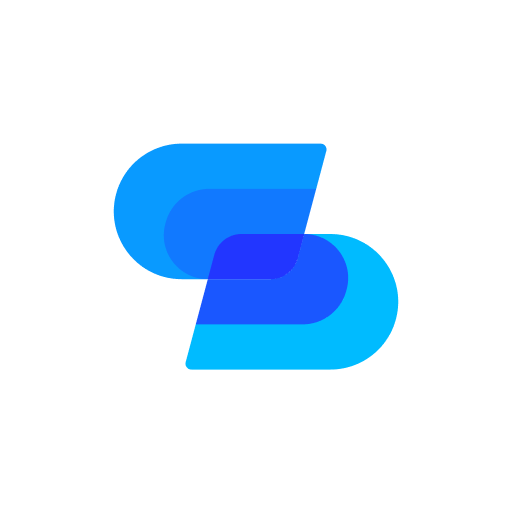You’ve heard it before: “Design is everything.” But in the SaaS world, that’s only half the story. Sure, sleek interfaces catch the eye, but it’s the invisible magic behind the scenes that truly enhances product value. SaaS designers aren’t just pixel pushers; they’re problem solvers, data whisperers, and user advocates rolled into one. They’re the unsung heroes who transform complex systems into intuitive experiences, turning potential frustrations into “aha!” moments. But how exactly do they pull off this feat? The answer lies in a delicate dance of science and art, where empathy meets analytics.
User-Centered Design Principles
At the heart of SaaS success lies a radical shift: designing for users, not features. You’re not just building software; you’re crafting experiences. Forget your preconceptions. Users don’t care about your fancy tech stack or groundbreaking algorithms. They care about solving their problems, fast.
User-centered design isn’t a buzzword; it’s your lifeline in a cutthroat market. Start by obsessing over your users. Who are they? What keeps them up at night? Dive deep into their world, their pain points, their daily grind. Then, design solutions that feel like magic.
But here’s the kicker: you’re not done after launch. User-centered design is a constant dance. Watch how they use your product. Listen to their frustrations. Iterate relentlessly. Your first version will be wrong. Accept it. Embrace it. Learn from it.
Remember, simplicity is your secret weapon. Strip away the unnecessary. Every click, every field, every feature must earn its place. Be ruthless. If it doesn’t serve the user, it doesn’t belong.
In the end, user-centered design isn’t just about making pretty interfaces. It’s about creating value that sticks.
Data-Driven Design Decisions
User insights are gold, but data is the map to the treasure. You’re not just designing on a hunch anymore. Every click, every scroll, every abandoned cart tells a story. Are you listening?
Data-driven design isn’t a buzzword; it’s your secret weapon. It’s the difference between guessing and knowing. You’re not just creating pretty interfaces; you’re crafting experiences backed by cold, hard facts.
Here’s the kicker: A/B testing isn’t enough. You need to dive deeper. Analyze user flows, heat maps, and conversion funnels. Don’t just track what users do; understand why they do it.
But beware the data trap. Numbers can lie, and correlation doesn’t equal causation. Your job is to interpret, not just collect. Look for patterns, but don’t ignore outliers. They might hold the key to your next breakthrough.
Remember, data is a tool, not a crutch. It should inform your decisions, not make them for you. Blend quantitative insights with qualitative feedback. Let data guide your creativity, not stifle it.
In the end, data-driven design isn’t about numbers. It’s about people. Use it to solve real problems and create genuine value. That’s how you’ll truly enhance your SaaS product.
Streamlining Complex Workflows
Drowning in complexity? It’s time to throw your users a lifeline. SaaS designers, your mission is clear: simplify the labyrinth. Tackle those tangled workflows head-on and transform them into streamlined pathways of productivity.
Start by ruthlessly eliminating unnecessary steps. Ask yourself: Does this action truly add value? If not, axe it. No mercy for redundancy.
Next, embrace the power of automation. Let robots handle the mundane tasks while your users focus on what truly matters. Think smart defaults, predictive inputs, and AI-assisted decision-making.
Don’t forget the art of progressive disclosure. Reveal information only when it’s needed, keeping your interface clean and uncluttered. Guide users through complex processes with intuitive step-by-step flows. Break down mammoth tasks into bite-sized chunks that don’t overwhelm.
Balancing Aesthetics and Functionality
Straddling the tightrope between beauty and brawn, you’ll find the sweet spot where form meets function. It’s here that SaaS designers craft digital masterpieces that don’t just dazzle, but deliver.
You’re not creating art for art’s sake. Your designs must sing and sting, captivate and calculate. Every pixel serves a purpose, every color a calculated choice. You’re building tools, not toys.
But don’t mistake functionality for frumpiness. Ugly interfaces repel users faster than a skunk at a garden party. Your challenge? Make the complex look effortless, the mundane feel magical.
Think of your design as a well-tailored suit. It should fit perfectly, move gracefully, and turn heads without screaming for attention. Strip away the unnecessary, but don’t leave your users naked and confused.
Remember, aesthetics aren’t just eye candy. They’re trust builders, mood setters, and silent guides. A well-designed interface whispers instructions, nudging users along without barking orders.
Your goal isn’t to win design awards (though that’s a nice bonus). It’s to create tools that users love to use, day in and day out. Balance isn’t about compromise; it’s about synergy. Make beauty functional, and functionality beautiful.
Continuous Iteration and Improvement
In the relentless pursuit of perfection, you’ll never reach the finish line – and that’s the point. SaaS design isn’t a one-and-done affair; it’s an ongoing dance with user needs and technological advancements. Embrace the continuous loop of iteration and improvement. It’s your lifeline in a sea of fierce competition.
Don’t rest on your laurels. Yesterday’s groundbreaking feature is today’s baseline expectation. You’re not just designing; you’re evolving. Each update should push boundaries, challenge assumptions, and spark user delight. Fail fast, learn faster. Your greatest teacher? User feedback. It’s raw, unfiltered truth. Devour it, dissect it, and let it fuel your next iteration.
Data is your compass. A/B testing isn’t a luxury; it’s a necessity. Every pixel, every interaction should be scrutinized and optimized. But remember, numbers tell only half the story. Blend quantitative insights with qualitative observations. Watch users struggle, celebrate their wins, and redesign accordingly.
In this never-ending cycle, burnout lurks. Pace yourself. Celebrate small victories. Each improvement, no matter how minor, inches you closer to that elusive perfect product.
To Wrap Up
You’re not just pushing pixels; you’re sculpting digital experiences.
Embrace the chaos of user needs, wield data like a weapon, and slash through complexity with ruthless efficiency.
Don’t settle for pretty; demand powerful. Your designs aren’t static—they’re living, breathing entities. Evolve or die.
Challenge conventions, break rules, and always ask ‘why?’
Remember, you’re not just enhancing product value; you’re redefining what value means in the digital age.
Now go create something extraordinary.

